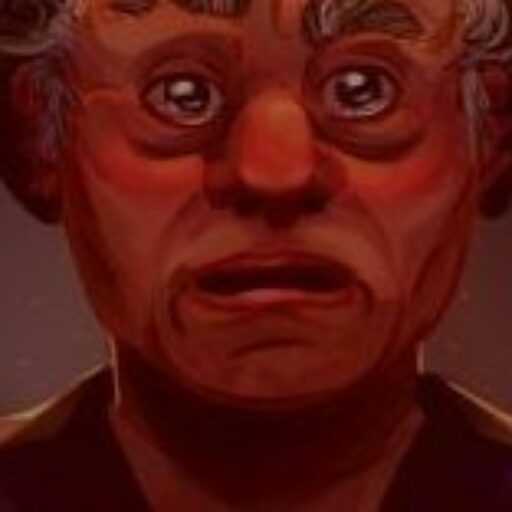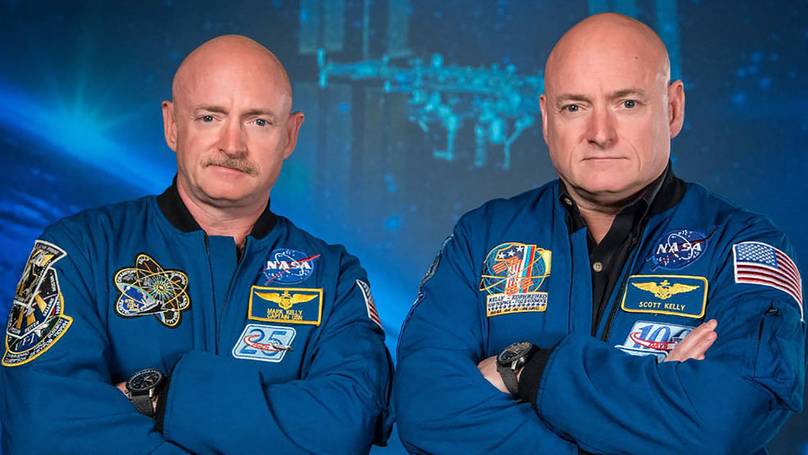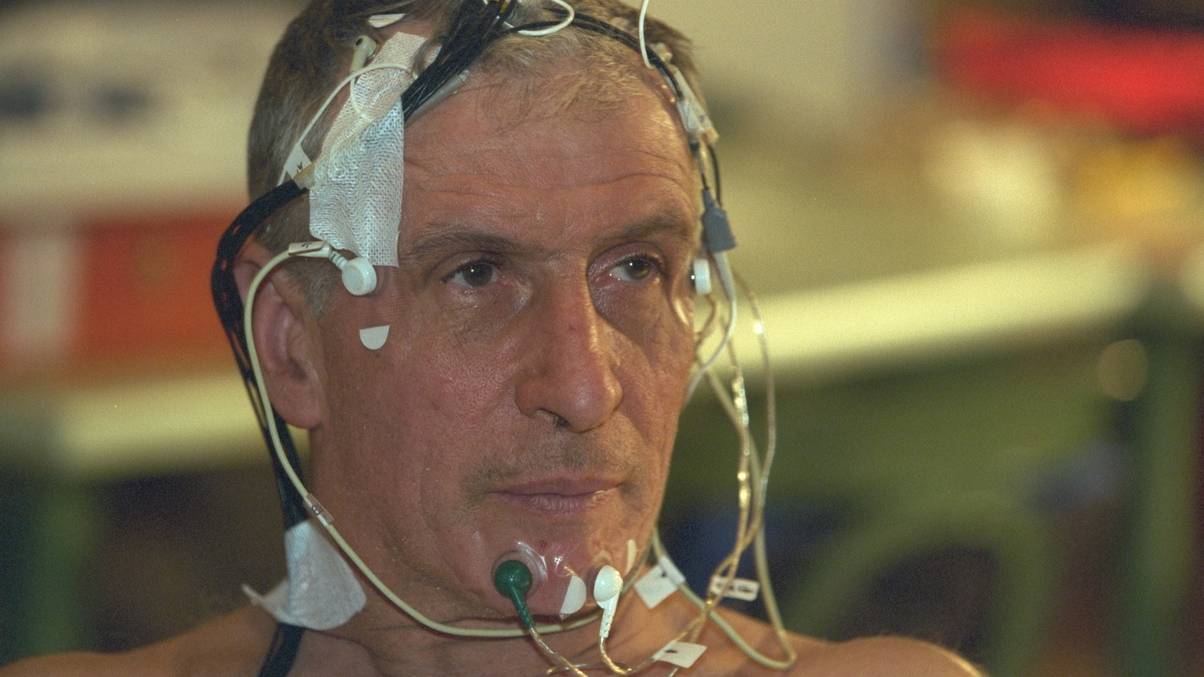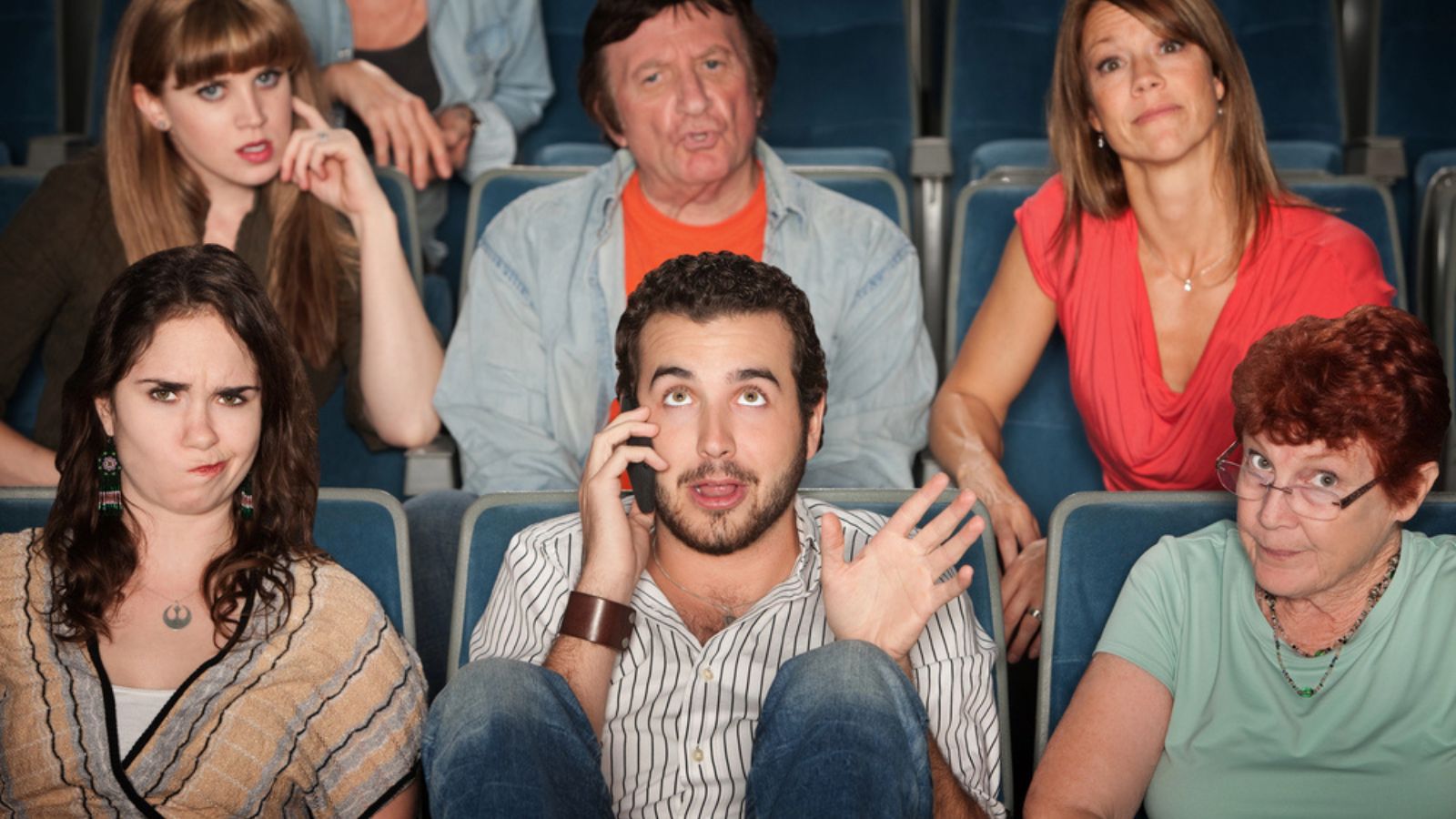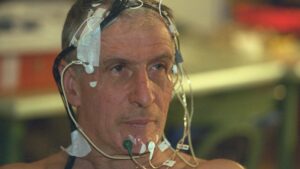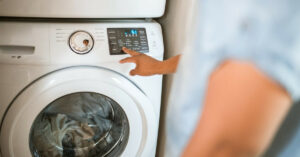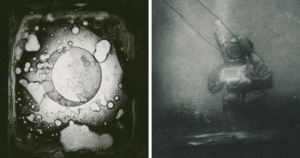“One Twin Went to Space, the Other Stayed Home: The Astonishing Secrets of Human Resilience Unveiled!”
As we look to the stars for humanity’s future, it’s hard not to ponder—what’ll become of our bodies when we venture beyond Earth’s cozy embrace? I mean, are we ready to become star people or intergalactic jelly? Researchers are all too aware that a journey into space is not just about breathtaking views and zero gravity flips; it could profoundly affect our biology. This head-scratcher leads us to a fascinating method: what if we had a pair of identical twin astronauts to figure out what space does to us? That’s right, folks, NASA brilliantly set up the Twin Study featuring Scott and Mark Kelly, where one twin lifted off into orbit while the other held down the fort on Earth. So, buckle up as we dive into the findings of this unique experiment—it’s not just conventional science; we’re talking about cosmic transformations! If you’re curious about what they uncovered, LEARN MORE.
If the future of humanity lies in exploring space then we’d better be well aware of the impact it has on our bodies, but how do you figure out what changes being in space makes compared to the normal human experience?
You could just put someone up in space and see what happens, and indeed we do actually research what being up beyond the boundaries of our planet is doing to us.
However, in many experiments you need a control group that’s about as close to your subject as possible and since we don’t have human cloning technology the best you can get is a pair of identical twin astronauts.
Fortunately for NASA it had exactly that in the form of Scott and Mark Kelly, who had applied to become astronauts in 1995 and the following year became the first relatives to be picked as candidates.
In their careers they have both made multiple spaceflights, and are the only siblings to both go up into space.
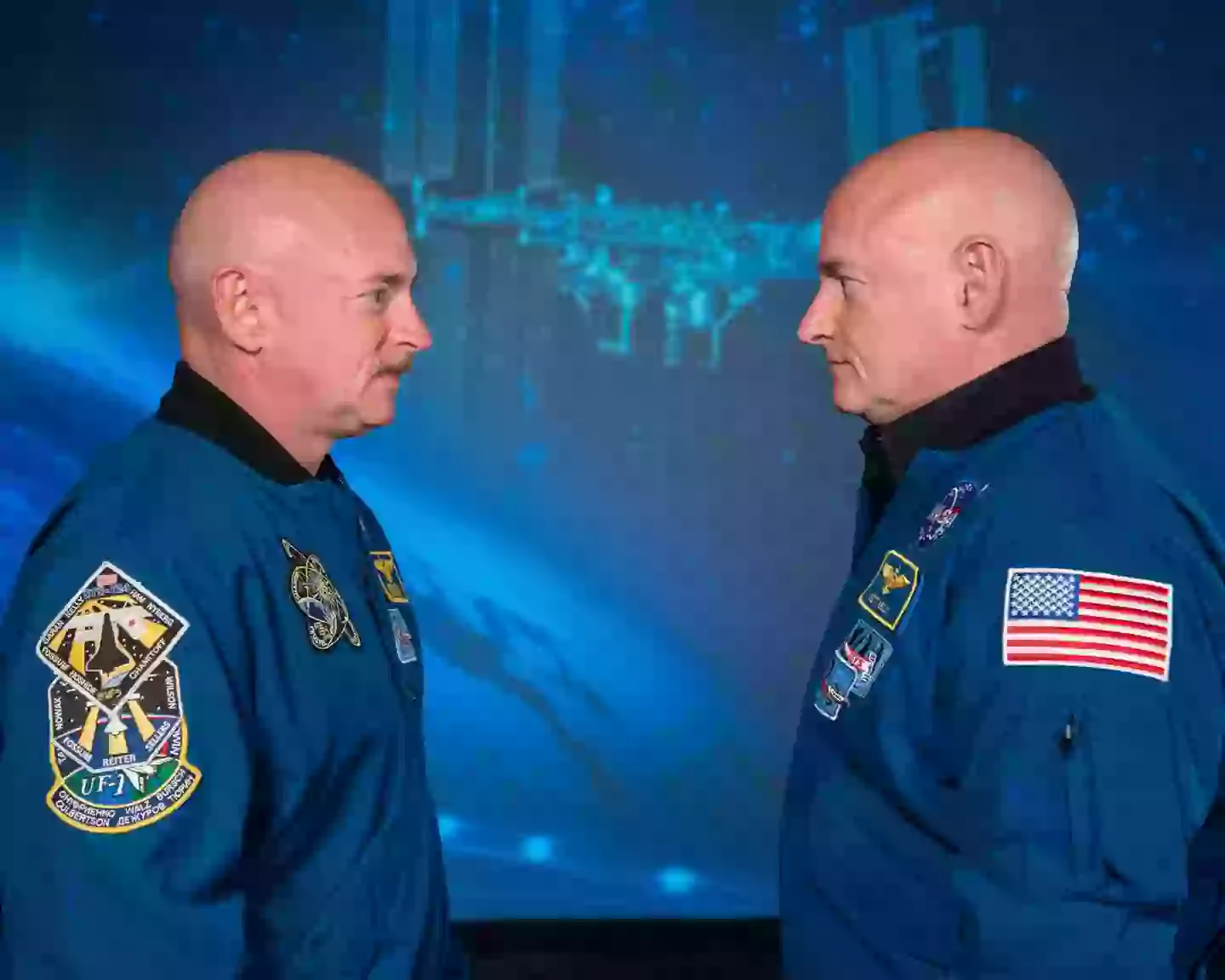
Mark Kelly (left) stayed on Earth while his twin brother Scott (right) spent a year in space (ROBERT MARKOWITZ/NASA/AFP via Getty Images)
NASA’s Twin Study
Between 2015 and 2016 the twins were part of a year-long mission to the International Space Station, with Scott spending the year in space and Mark on the ground functioning as the control group.
This would kick off the NASA Twin Study, where the impact of space on Scott’s body compared to Mark would help us gain an understanding of the true consequences being in space would have.
Results for the study were published in 2019 and researchers found that Scott had gone through some significant changes compared to his twin brother.
Weight
Among these results was Scott’s body mass decreasing by seven percent, which researchers have suggested was due to the food he was eating up in space.
DNA
He also suffered some DNA damage which researchers believed to be due to radiation exposure which occurs in space, and fortunately over 91 percent of the changes in his gene expression returned to normal after about six months though some of the changes persisted.
In total about seven percent of Scott’s genes were permanently changed by his year in space.
The length of Scott’s telomeres, which are linked to living a longer life, also increased by about 14.5 percent but once again they returned to normal levels once he was back on the ground.
Height
By the time Scott got back he and Mark weren’t quite identical any more, as the twin who went to space actually came back 5cm taller thanks to the microgravity on board the International Space Station making his spine a bit longer.
Were the changes permanent?
Before you go thinking that flying into space is going to have a big impact on your body the study found that within a matter of months many of the changes with Scott reverted to the levels he’d been at before he went to space.
While he was up in space Scott also received a flu vaccine, becoming the first person to be vaccinated in space, and it all worked which is encouraging for the future of disease prevention.
